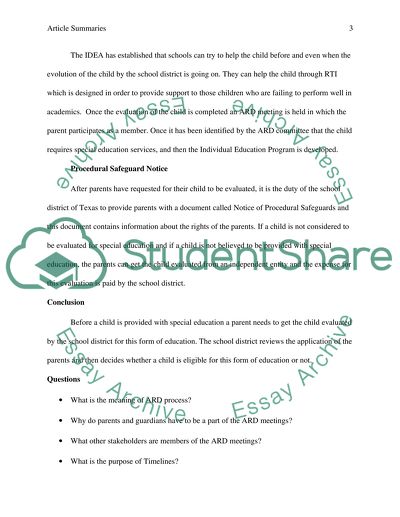Cite this document
(“Articles Summary Article Example | Topics and Well Written Essays - 1500 words”, n.d.)
Retrieved from https://studentshare.org/education/1679011-articles-summary
Retrieved from https://studentshare.org/education/1679011-articles-summary
(Articles Summary Article Example | Topics and Well Written Essays - 1500 Words)
https://studentshare.org/education/1679011-articles-summary.
https://studentshare.org/education/1679011-articles-summary.
“Articles Summary Article Example | Topics and Well Written Essays - 1500 Words”, n.d. https://studentshare.org/education/1679011-articles-summary.


